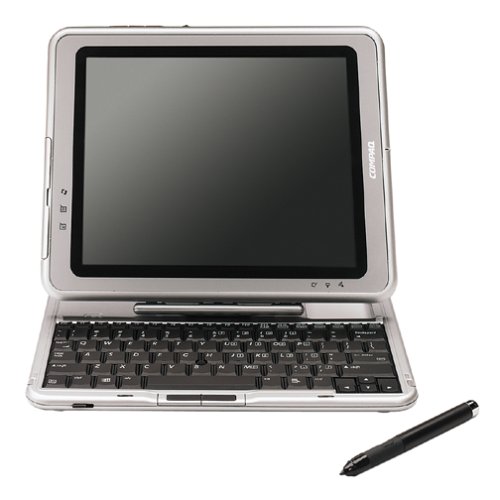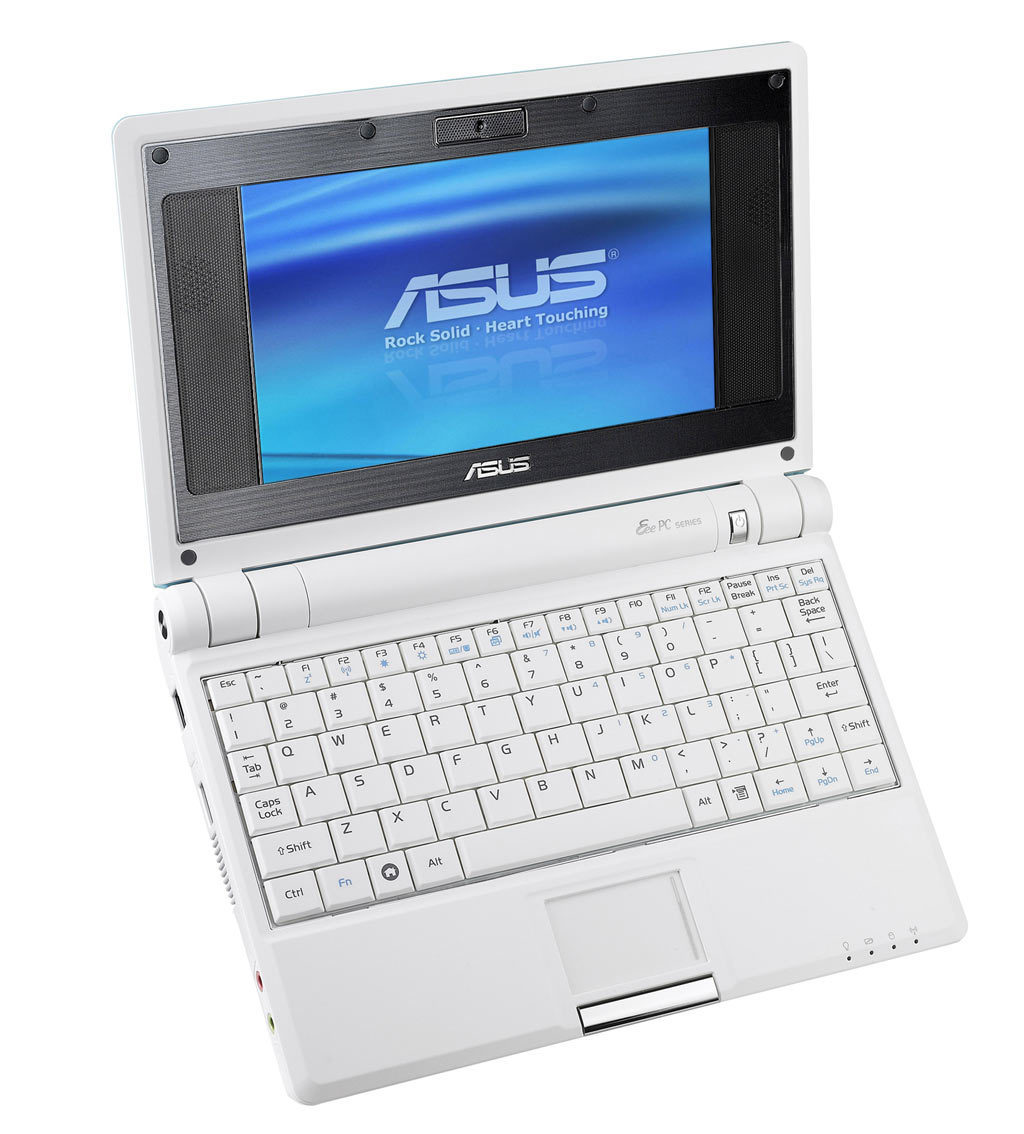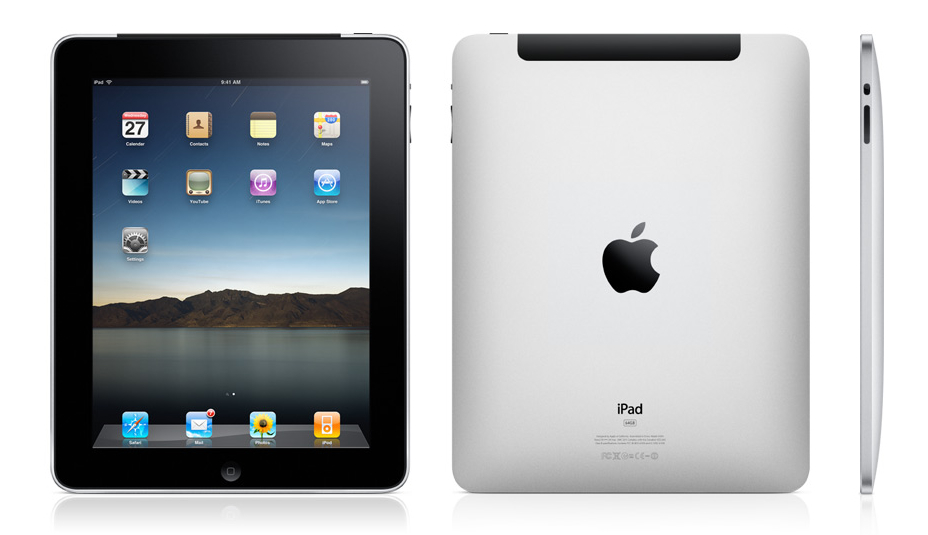In Pictures: Iconic Machines From Computing History
In the relatively brief history of computing, only a few machines have become iconic. Not necessarily because they were a commercial success, mind you, but because they introduced technologies or concepts that went on to become influential.
2001: Microsoft Tablet PC
The idea of a computer in the form of a tablet is almost as old as the computer itself. Heck, such devices were seen in Star Trek back in the 1960s. Logically enough, manufacturers made numerous attempts at turning this popular idea a reality. In 2001, Microsoft decided that the time had finally come, and it introduced the Tablet PC concept. It wasn't actually a device, though. Rather, Microsoft’s Tablet PC was a set of hardware requirements needed to utilize a specially-modified version of Windows XP. But the specifications were too ambitious for the technology of the period. The x86 processors needed to run the Windows ecosystem required the use of bulky, heavy batteries, while the stylus-enabled LCD also added to the total weight. Due to the day's limitations, the Tablet PC didn’t live up to its goal of being “a thin, lightweight device that slips easily into a briefcase or portfolio and can be held in one hand, just like a paper tablet.” One of the best Microsoft Tablet PCs, the HP Compaq TC 1100 (pictured) weighed 4 lbs and was 0.8” thick.
2007: Asus Eee PC
During the 2000s, Microsoft, Intel, and several other vendors tried to find the winning formula for a miniature computer. After the Tablet PC came Microsoft’s first painfully-slow Ultra Mobile PCs (UMPCs), and the Mobile Internet Device (MID) concepts from Intel were all unsuccessful, technological dead ends. But Intel’s MID research motivated the company to develop the Atom processor, which enabled Asus to develop its Eee PC. These 7” and 10” devices gave rise to the netbook, a new category of portable PC that was small, light, and affordable. In just a few months, the netbook revolutionized the laptop market. All PC manufacturers jumped on the bandwagon, creating a plethora of models. In 2008, netbooks accounted for about 40% of all laptop sales. But the netbook’s success was short-lived, overtaken by tablets. Netbooks are now officially dead; not a single manufacturer makes one today.
2010: Apple iPad
After a decade of trial and error, Apple found the winning formula for a tablet. The technological progress made in the smartphone segment gave Steve Jobs and company a lot of help. High-performance ARM processors with very low power usage, thinner displays, and more powerful batteries were now widely available. But Apple was also smart enough to learn from Microsoft’s errors. Instead of Mac OS X, the iPad ran iOS, a separate operating system that was suited to its hardware resources. Its applications were also developed specifically for the touchscreen interface, rather than re-purposing existing applications that were originally designed for a keyboard and mouse. The iPad’s rise to success was nothing short of meteoric. It sold even faster than the iPhone that preceded it, and three years after its introduction, the iPad still accounts for approximately half of the tablet market. But as Apple’s competitors have finally matched the qualities of the iPad, Android-based tablets are now nibbling away at its market share. Historically, Apple has never competed on the basis of price, so if the company wants to remain a trailblazer, it had better be working on another digital revolution.
Get Tom's Hardware's best news and in-depth reviews, straight to your inbox.
-
dudemcduderson I actually like the slide show thing, keep it up Tom's! In the modern era I feel like the Yoga or Surface Pro should have at least made the list because they run full featured x86 OSes unlike the iPad.Reply -
yannigr You forgot the oldest analog computerReply
http://en.wikipedia.org/wiki/Antikythera_mechanism
The Antikythera mechanism is an ancient analog computer designed to calculate astronomical positions. It was recovered in 1900–1901 from the Antikythera wreck, but its significance and complexity were not understood until a century later. Jacques Cousteau visited the wreck in 1978 but, although he found new dating evidence, he did not find any additional remains of the Antikythera mechanism. The construction has been dated to the early 1st century BCE. Technological artifacts approaching its complexity and workmanship did not appear again until the 14th century AD, when mechanical astronomical clocks began to be built in Western Europe. -
Belardo Imagine what would have happened if Steve Jobs never saw the GUI computer at Xerox?Reply
The Amiga computer was in development before the Mac was released to the public. It's still amazing that the apple II sold as well as it did considering the C=64 was so much cheaper yet better. -
PapaCrazy 34/35 is not a computer, its the anti-computer. And 35/35 appears blank... a bad omen, or just spooky? Either way, it's also anti-climactic. And this slideshow thing is demeaning for some reason. Makes me feel like I'm in nerd kindergarten.Reply -
Ioannis Doukakis I believe that you must include two more computers:Reply
a) Epson HX-20, the first actual notebook with battery
b) ZX-Spectrum one of the most popular personal computers -
Spinoza1 You also forgot the first fully programmable computer, the Zuse Z3 from 1941:Reply
http://www.humanismus.com/_/Konrad_Zuse_files/Munich%20248.jpg


